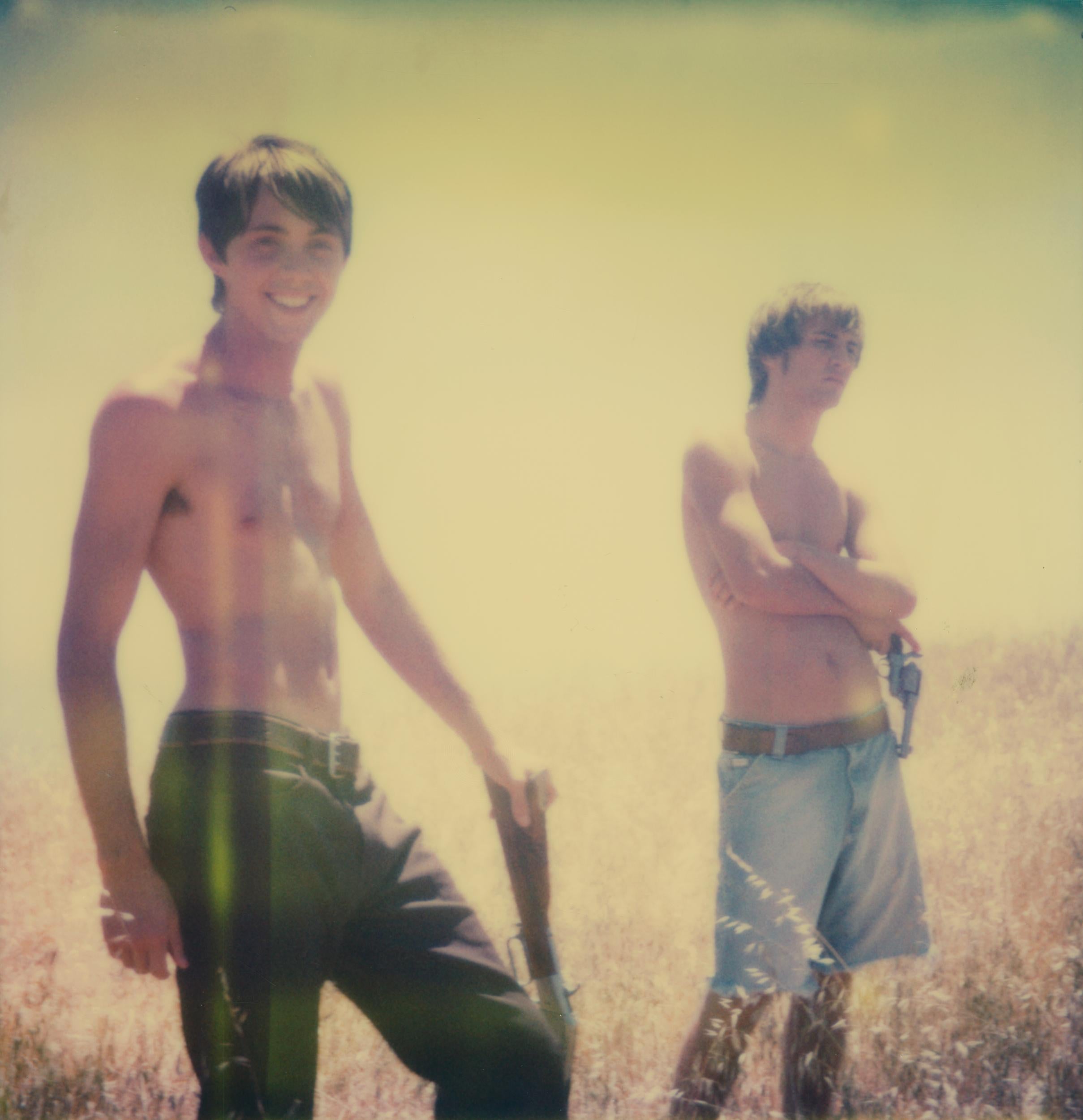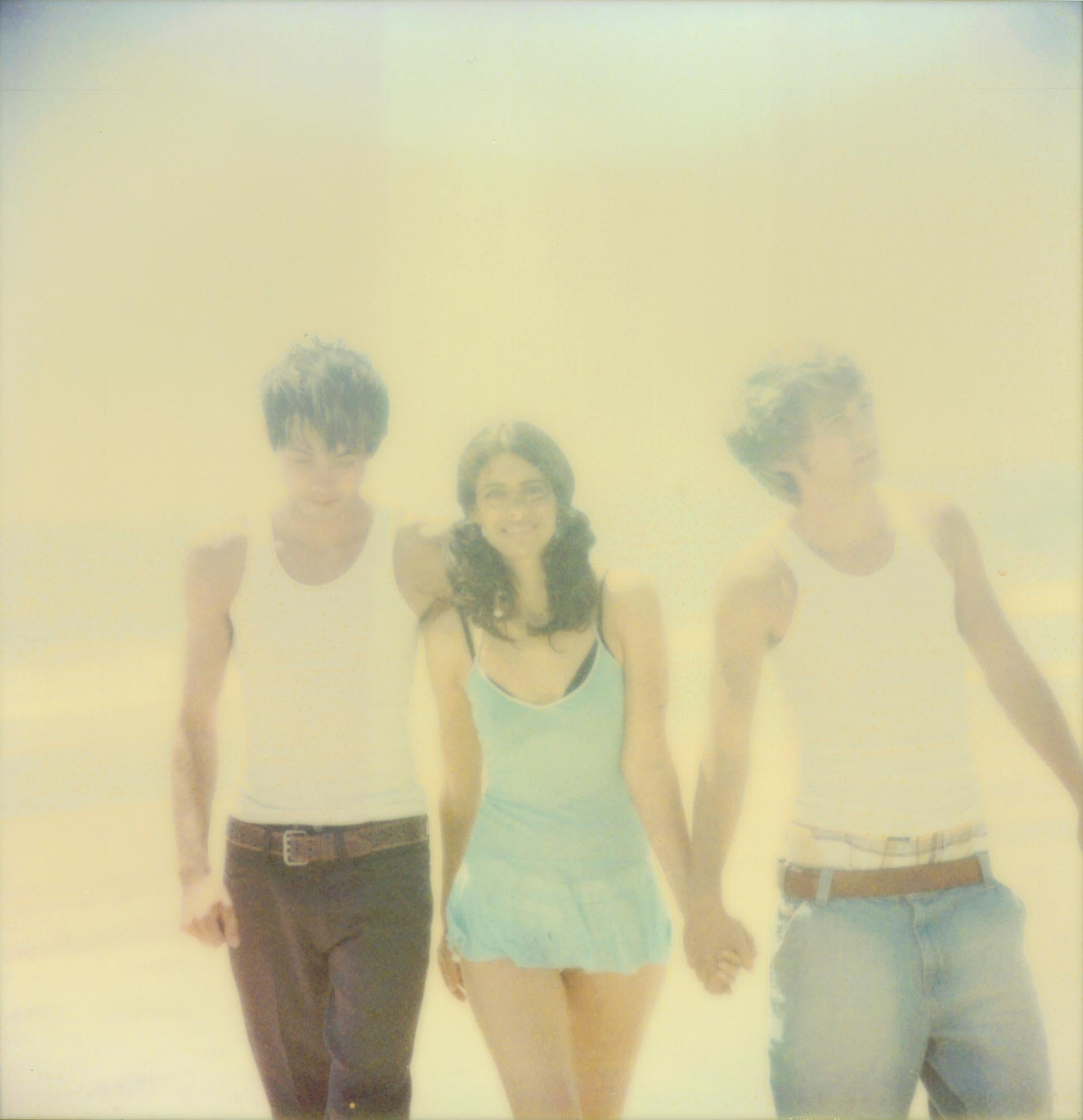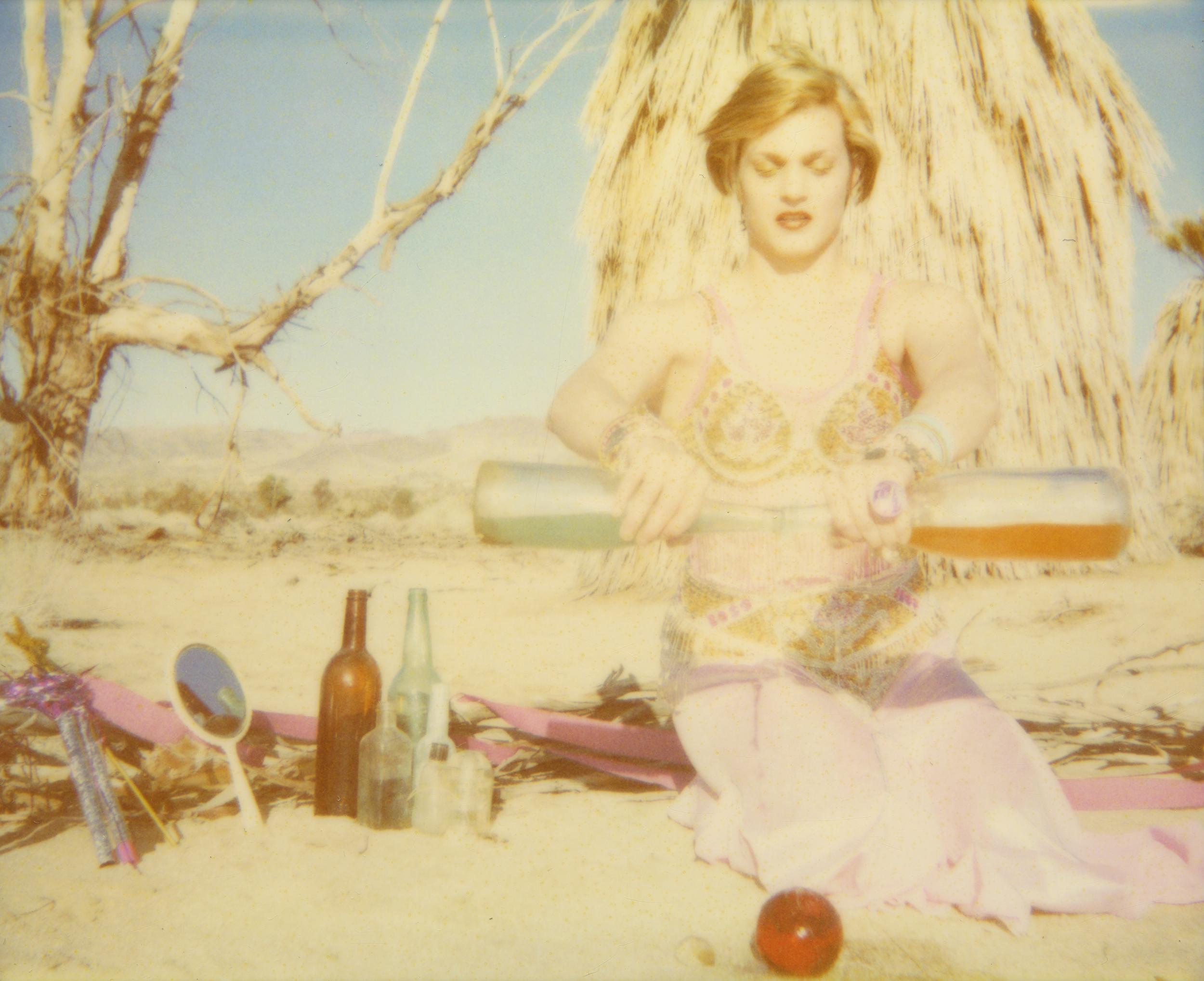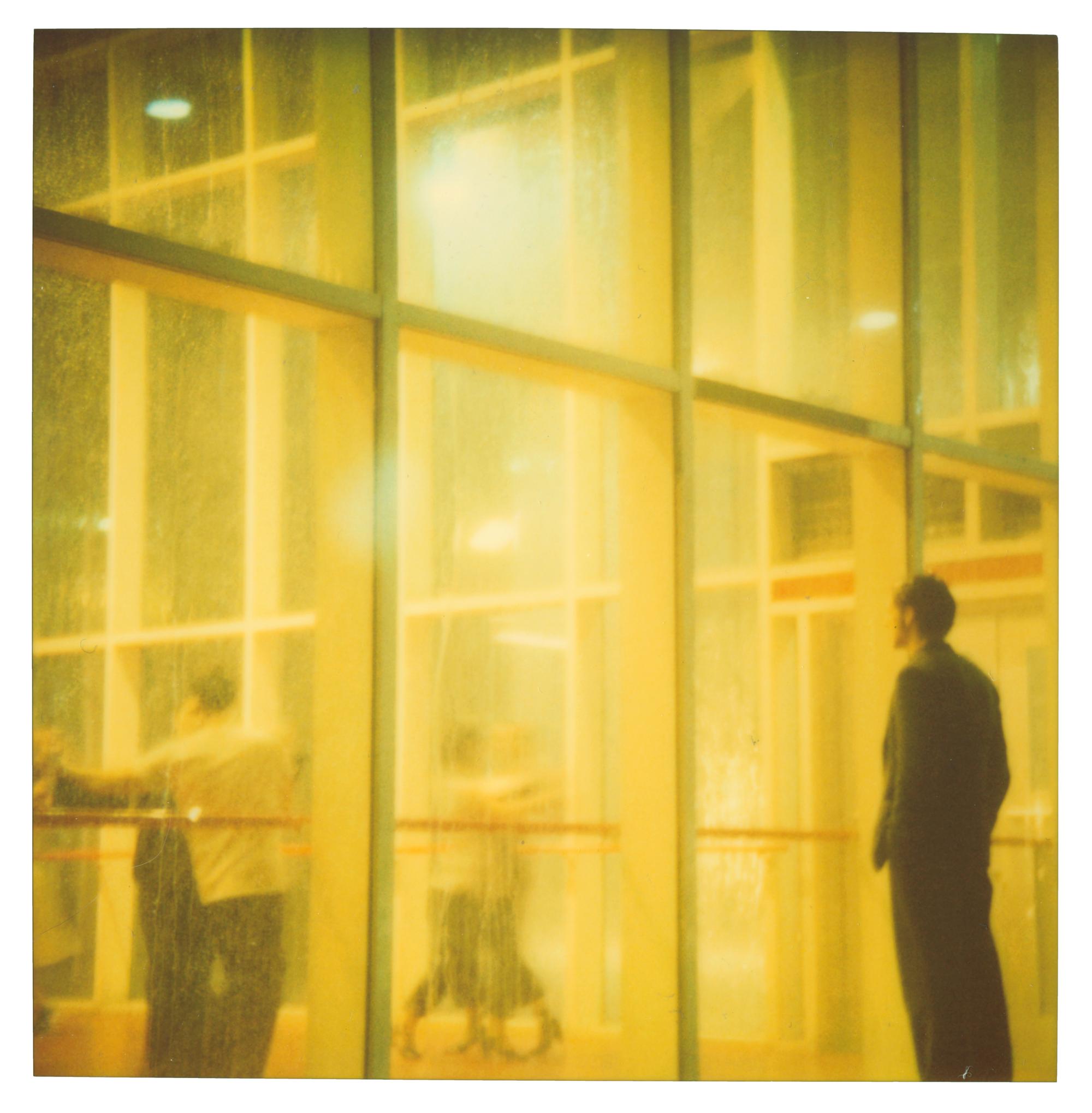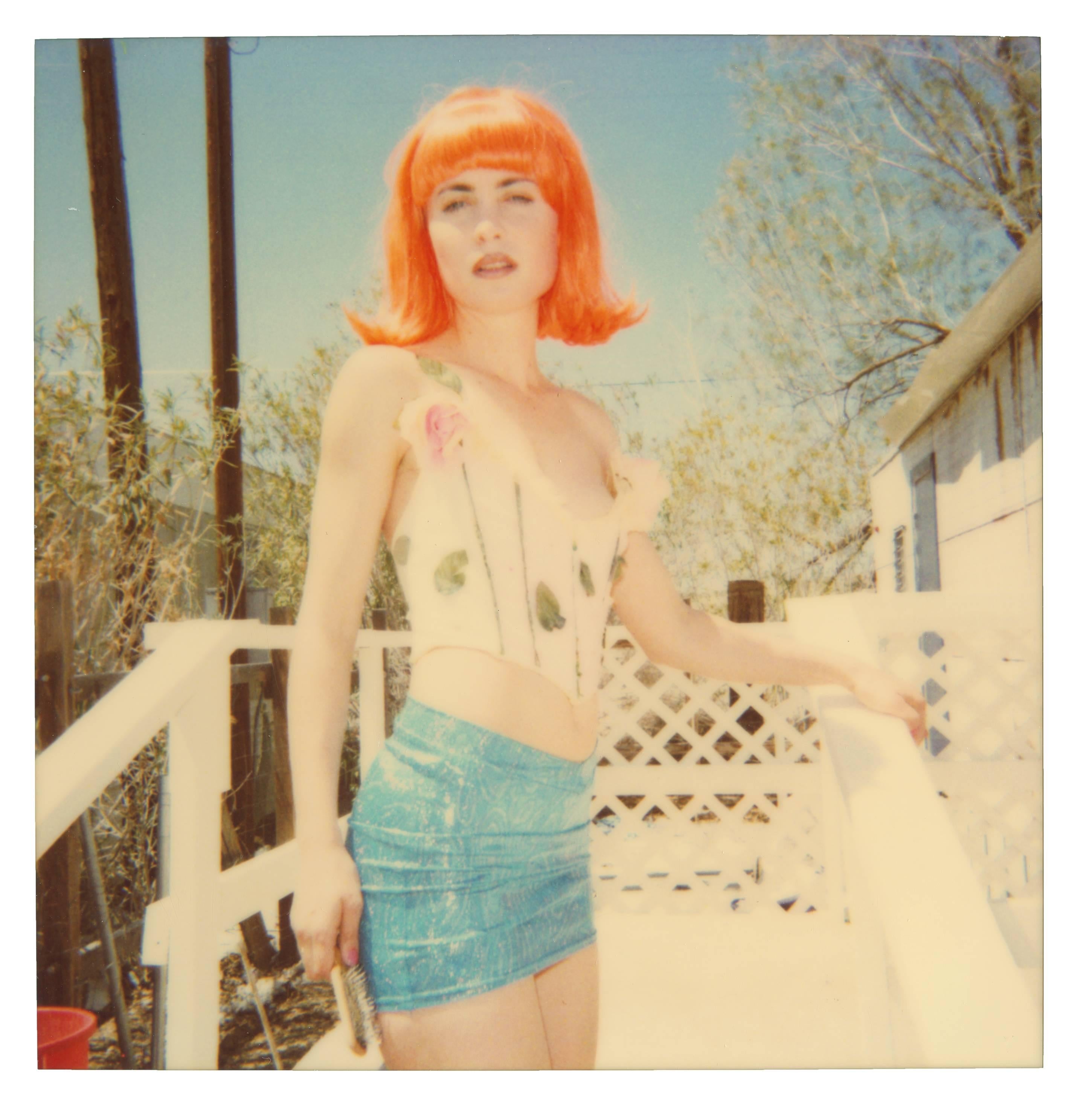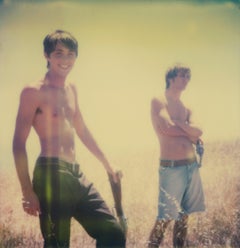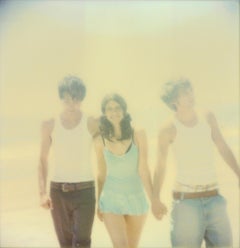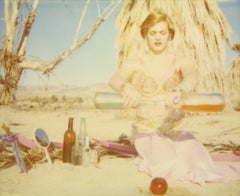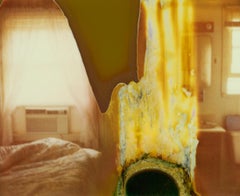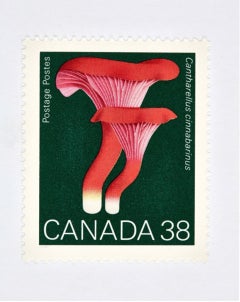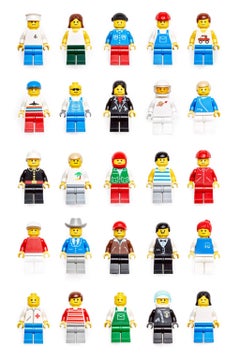Waiting Room (Suburbia) - 2004, 28x37cm,
Edition of 10, digital C-Print based on an expired Polaroid.
Artist Inventory #1716.
Signature label with Certificate, unmounted.
The project "Suburbia" was shot on the set of Marc Forster's first feature film "Everything put Together' with Radha Mitchell, Michelle Hicks, Megan Mullally, Catherine Lloyd Burns, Matt Malloy and others.
Suburbs collectively, or the people who live in them
Suburb { a district, especially a residential one, on the edge of a city or large town }
synonyms [Outer edge , Fringes, Periphery, Limits, Outer reaches, Environs ]
Stefanie Schneider received her MFA in Communication Design at the Folkwang Schule Essen, Germany. Her work has been shown at the Museum for Photography, Braunschweig, Museum für Kommunikation, Berlin, the Institut für Neue Medien, Frankfurt, the Nassauischer Kunstverein, Wiesbaden, Kunstverein Bielefeld, Museum für Moderne Kunst Passau, Les Rencontres d'Arles, Foto -Triennale Esslingen, Bombay Beach Biennale 2018.
Stefanie Schneider’s work echoes the heart of American art, channeling the cinematic nostalgia of Ed Ruscha’s roadscapes, the stark sensuality of Georgia O’Keeffe’s deserts, and the haunting solitude of Edward Hopper’s paintings. It’s remarkable how a German-born artist has become such a vital voice in the American story of the 20th and 21st centuries.
"I’ll never forget the first time I saw Stefanie Schneider’s work. It was in a gallery in Hamburg, and I was instantly captivated. Her images had a magnetic pull—intimate, raw, and otherworldly. It felt like falling in love at first sight. Her work didn’t just hold my attention; it changed something in me.
What Stefanie does with Polaroid film is extraordinary. She’s not just capturing moments—she’s crafting dreamscapes. Her art transforms the imperfections of expired Polaroid film into something ethereal, elevating a once-utilitarian medium into the realm of fine art. No one has pushed the boundaries of Polaroid like Stefanie has. She’s redefined its potential, proving that it’s not just a tool for memory but a canvas for profound creative expression.
Her impact goes beyond art—it’s deeply personal. Years ago, when Polaroid production was on the brink of being shut down, I was ready to walk away from the fight to save it. Then I saw Stefanie’s work. Her images reminded me why Polaroid mattered—not just as an invention, but as a medium that captures emotion like nothing else. Her vision reignited my own, and I knew we couldn’t let Polaroid disappear.
When I met Stefanie, I learned that her Polaroid images are part of an even bigger vision: a feature-length film called 29 Palms, CA, made almost entirely from Polaroid materials. It’s an audacious, unprecedented project—the largest Polaroid art initiative ever attempted. To support her vision, we scoured the world for expired Polaroid film. In turn, Stefanie entrusted us with a collection of her extraordinary limited-edition prints for our gallery, Polanoir.
That gallery became the foundation for The Impossible Project, our mission to save Polaroid film from extinction. Many called it a lost cause—that saving Polaroid was, quite literally, impossible. But Stefanie’s work showed us otherwise. Her ability to turn the fleeting and fragile into something timeless reminded us that the impossible is often just waiting for someone brave enough to try.
Today, Polaroid film is still alive, thanks in large part to Stefanie’s inspiration. Her art continues to thrive, touching hearts and captivating imaginations worldwide. She didn’t just save a film stock—she preserved a piece of cultural history, ensuring that future generations can experience the enigmatic magic of Polaroid.
Stefanie Schneider changed the way I see the world. She’s a visionary who has transformed a medium, a movement, and countless lives—including mine. For that, I’ll always be grateful."
Florian Kapps
Founding President of The Impossible Project
March 8, 2010
